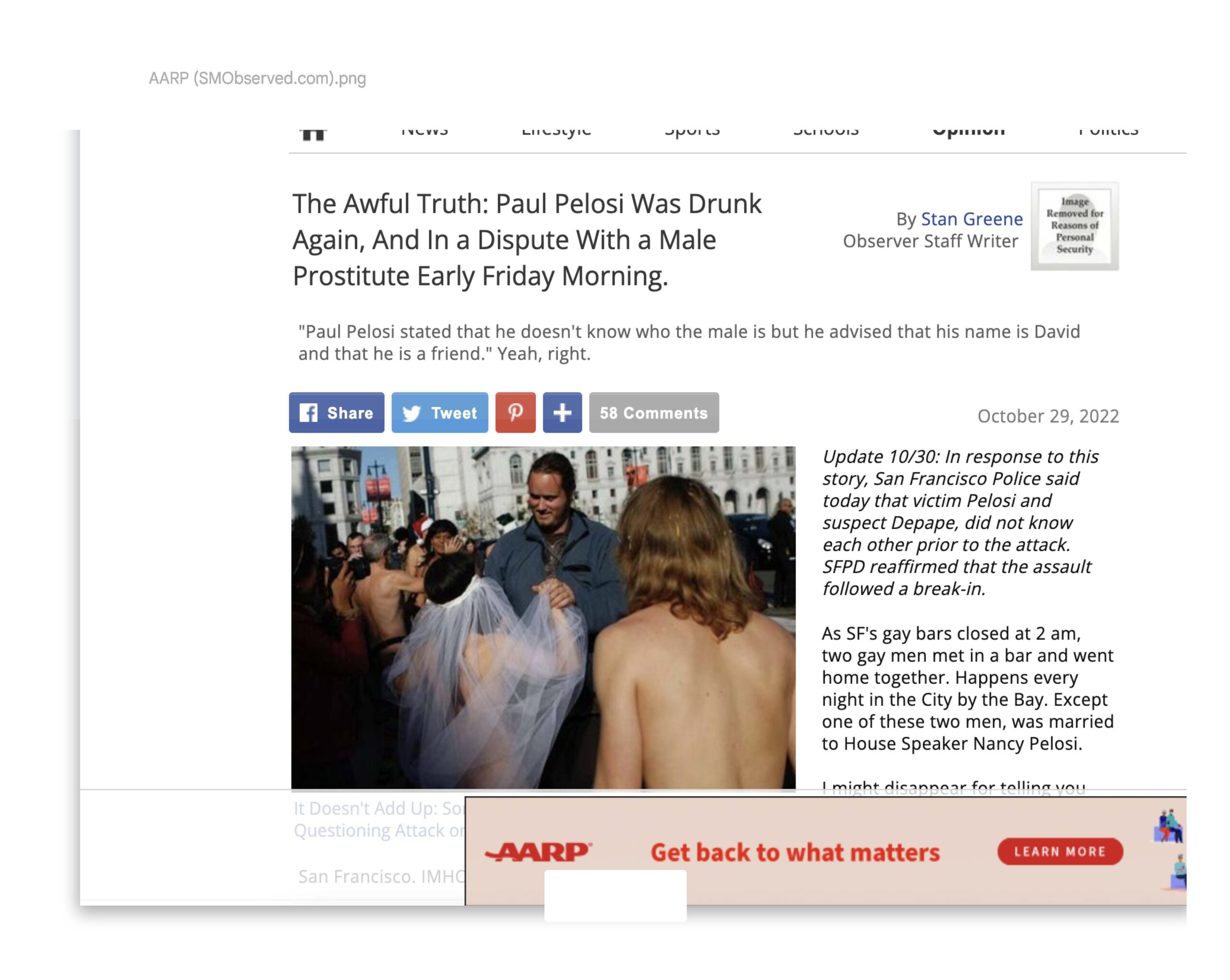
When Joshua Benton solicits these annual Nieman Lab predictions, he graciously reassures, “For the record, we don’t go back later and try to judge whose predictions were the most accurate.” Despite my prediction last year being wrong, I predict this is the year when I will finally be right.
Last year, I confidently predicted that during 2022 big brands would stop their advertising from unintentionally funding misinformation on the internet. Most digital advertising these days is delivered programmatically, meaning through an algorithm so opaque that brand managers and advertising agency executives don’t know where the ads run.
I thought I knew advertisers well enough to predict they would all react immediately as soon as they learned where their ads are running: I spent almost 30 years at The Wall Street Journal, and as its publisher I oversaw billions of dollars in advertising. I was sure CEOs and CMOs would quickly stop their ads supporting misinformation once they saw the kinds of websites their ads fund.
I was wrong.
NewsGuard analysts have found ads for thousands of brands — virtually every blue-chip company, large hospital system, university, and government agency — routinely appearing on misinformation websites and apps. We inform marketers, including by sharing screenshots of their ads on these websites. Marketers are almost always surprised to learn where their ads are running. Some top brands have taken steps to get their ads off websites that NewsGuard analysts have rated as untrustworthy, including for spreading healthcare hoaxes, false narratives about elections and Russian disinformation about Ukraine.
To my surprise, however, most brand managers shrug when they learn where their ads are running. They may figure that, with so many brands advertising on so many misinformation sites, no one brand will get blamed for the group problem.
The result of thousands of brands continuing to run ads — again, unintentionally — on misinformation sites is that an estimate of $2.6 billion a year in ad revenue funds these sites. This goldmine explains how thousands of misinformation websites stay in business. The more outlandish claims they publish, the more traffic they generate and the more advertising revenue they get. For example, NewsGuard analysts have identified 309 sites publishing disinformation about Russia’s invasion of Ukraine, including false narratives that Nazis rule Ukraine and that the U.S. operates bioweapons labs there. Many of these sites are funded by advertising from Western companies. This means companies claiming they no longer do business in Russia are funding Russian information operations targeting citizens in the West.
A good example is the website that spread the false claim that the man who attacked Rep. Nancy Pelosi’s husband, Paul Pelosi, was a gay prostitute. NewsGuard analysts found ads from dozens of name brands on the website of the Santa Monica Observer, including alongside its baseless Pelosi story. These included ads for a large American bank, the top children’s entertainment brand, a telecom conglomerate, global car-rental company, online travel site, grocery chain, and major nonprofits. This website has been on the NewsGuard advertising exclusion list for years, having previously published whoppers such as that Hillary Clinton used a body double to debate Donald Trump.

When my colleagues at NewsGuard inform brands where their ads run, some marketers do start using exclusion lists, protecting their brand safety as they remove support for misinformation. Case studies show that brands also do well by doing good: When brands stop advertising on misinformation sites and instead advertise on quality news sites, their CPM price for ads goes down and engagement with their ads goes up. The NewsGuard inclusion lists brings blue-chip advertising for the first time to many news sites serving local, Black, Hispanic, Asian and LGBTQ+ communities.
But most brands still have not taken effective steps to keep their ads off misinformation sites. Next time you see an outlandish story on a site like the Santa Monica Observer, look at whose ads are appearing on the story. You’ll likely see the most popular name brands, including those that otherwise claim to take social responsibility seriously.
NewsGuard will continue in 2023 to monitor which brands are doing their part to reduce the $2.6 billion going to misinformation sources. With 91% of Americans in a recent survey saying they worry about misinformation, it’s unsustainable that the brands targeting them as consumers will continue to be the ones funding misinformation with their advertising dollars.
Gordon Crovitz, a former publisher of The Wall Street Journal, is co-CEO of NewsGuard.







